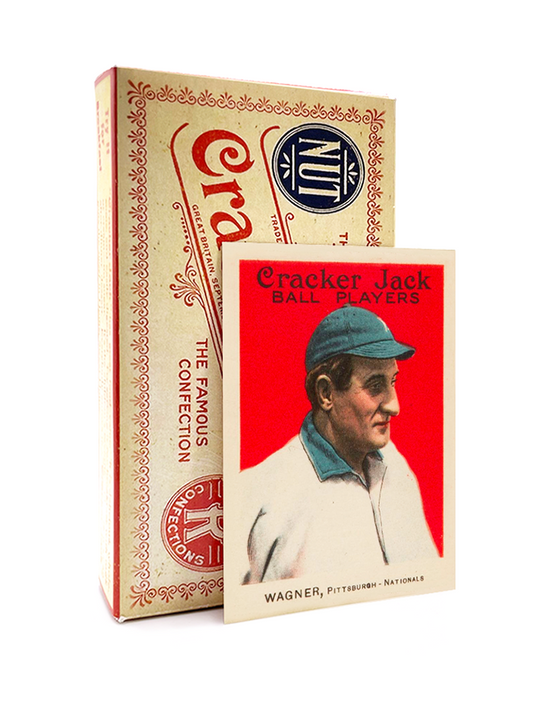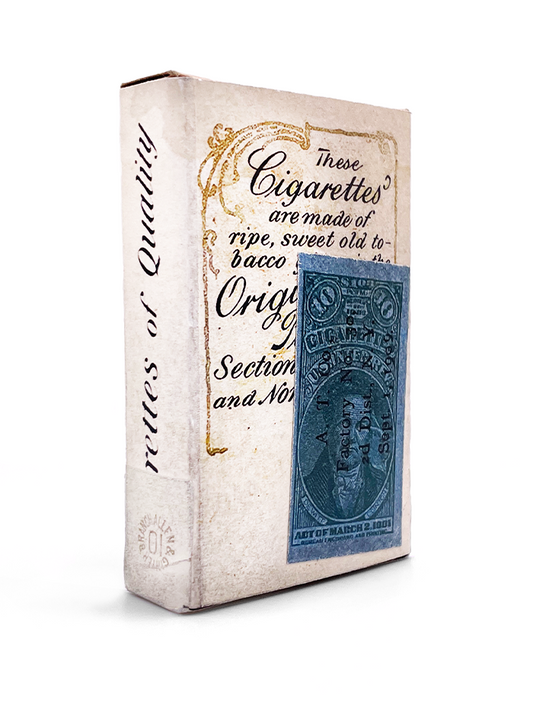
The Ultimate Guide to Investing in Vintage Baseball Cards
Share
Investing in vintage baseball cards has become one of the most exciting and profitable avenues for collectors and investors alike. With the rise in value of certain cards, including legendary players like Babe Ruth, Ty Cobb, and Honus Wagner, vintage baseball cards have transcended their original purpose as mere memorabilia. In this ultimate guide, we'll explore the key factors that can help you navigate the world of vintage baseball card investing.
Why Invest in Vintage Baseball Cards?
Vintage baseball cards offer both historical value and the potential for significant appreciation over time. While new cards are often mass-produced and lose value quickly, vintage cards, especially those from the early 20th century, have become rare treasures. Collectors and investors are drawn to the history, scarcity, and timeless appeal of these cards, making them a solid investment for the long term.
1. Research the History of the Card
When investing in vintage baseball cards, it's crucial to understand the history behind the card you're considering. Cards from significant players or moments in baseball history tend to appreciate more in value. For example, a card featuring Babe Ruth, Ty Cobb, or Lou Gehrig will carry more weight than cards from lesser-known players. Always research the history of the player and the card’s significance within the sport.
2. Rarity and Condition Are Key
The rarity and condition of a card are two of the most important factors in determining its value. Cards that were produced in smaller quantities or that have survived in excellent condition tend to be much more valuable. Cards with minimal wear, no creases, and centered printing are often in high demand. The grading of a card—performed by reputable companies like PSA or BGS—can help you assess its condition and value accurately.
3. Know the Major Baseball Card Sets
Not all vintage baseball cards are created equal. The most valuable cards often come from iconic sets like the T206, which features legendary players like Honus Wagner and Ty Cobb. The T206 set, also known as "The Monster," includes rare and valuable cards that are highly sought after by collectors. Other important sets include the 1952 Topps set, featuring Mickey Mantle, and the 1914 Cracker Jack set, known for its beautiful designs.
4. Understand the Grading System
Before purchasing vintage baseball cards, it's important to understand how they are graded. The grading system evaluates the condition of a card on a scale from 1 to 10, with 10 being the highest quality. The most reputable grading companies, such as PSA, Beckett, and SGC, have established standards that help collectors and investors determine the card's authenticity and condition. A higher-grade card typically commands a higher price.
5. Focus on Hall of Fame Players
Hall of Fame players are often a safe bet when it comes to investing in vintage baseball cards. These players have left a lasting legacy on the sport, which contributes to the ongoing demand for their cards. Players like Babe Ruth, Lou Gehrig, Ted Williams, and Hank Aaron are always in demand, and their cards continue to rise in value over time.
6. Consider the Card's Back Design
While the front of the card usually gets all the attention, the back design of vintage baseball cards is also an important factor to consider. Cards with rare backs, such as "Sweet Caporal," "Polar Bear," or "Old Mill," can increase the value of the card. Different backs indicate different printing companies or regions, and rare backs can make a card even more valuable to collectors.
7. Keep an Eye on Market Trends
Like any investment, the market for vintage baseball cards fluctuates. Understanding market trends and how the values of cards change over time is crucial for making informed investment decisions. Keep track of auction results, news in the hobby, and the overall demand for certain players and sets to get a better understanding of where the market is headed.
8. Protect and Store Your Cards Properly
Once you've made an investment in vintage baseball cards, it's essential to protect and store them properly to preserve their value. Cards should be stored in acid-free holders, such as top loaders or card sleeves, and kept in a cool, dry place. Avoid exposure to sunlight, humidity, and extreme temperatures, as these can all damage your cards and lower their value.
Conclusion
Investing in vintage baseball cards can be a rewarding and profitable endeavor, but it requires research, patience, and an understanding of the factors that influence a card's value. By focusing on key sets like T206, understanding the grading system, and investing in legendary players, you can make smart decisions that will help your collection—or your portfolio—grow over time.
Start Investing in Vintage Baseball Cards Today
If you’re ready to dive into the world of vintage baseball card investing, check out our collection of rare and valuable cards. Whether you’re looking for T206 legends or other iconic pieces, we’ve got something for every serious collector.









